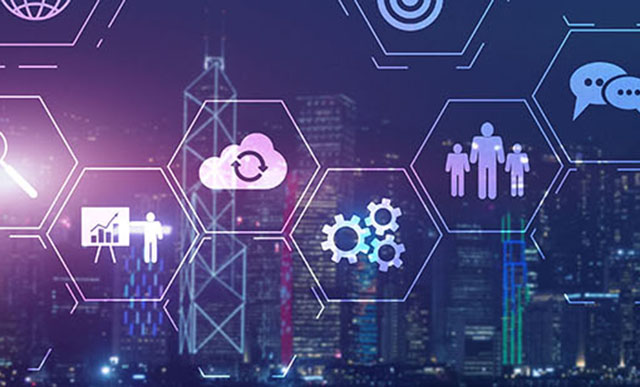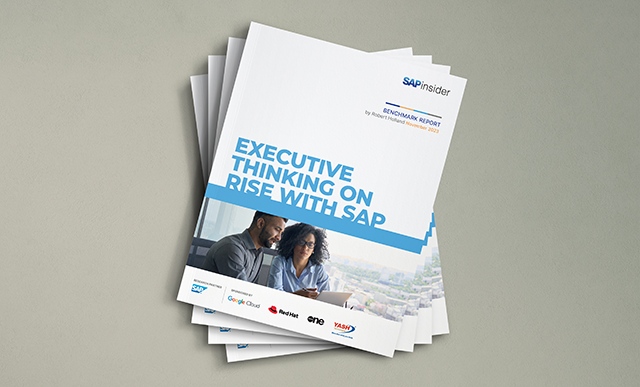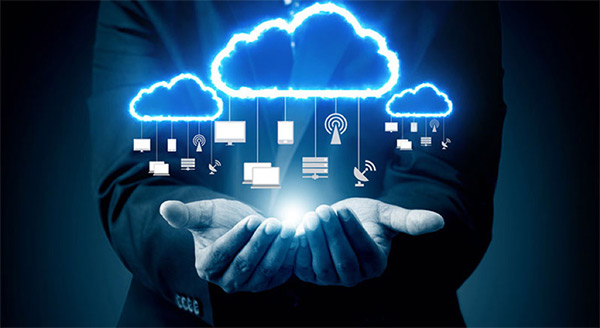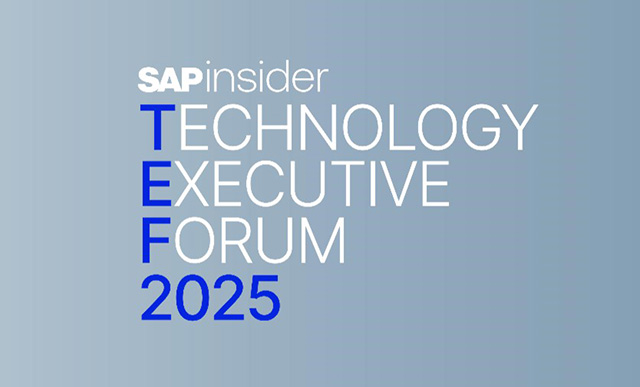RISE with SAP: Your Blueprint for Business Resilience in Uncertain Times Part 2
Meet the Authors
Key Takeaways
Strategic change management is critical for adoption, as user adoption presents the biggest challenge during the transition to RISE with SAP; effective training and support for AI-driven interfaces like SAP Fiori are essential.
Seamless integration with existing systems and robust security measures are essential for successful implementation; SAP's Business Technology Platform (BTP) facilitates this integration while cloud security protocols significantly reduce cybersecurity risks compared to traditional on-premise environments.
Evaluating the ROI of RISE with SAP extends beyond cost savings; businesses must measure improvements in agility, AI-driven automation, and new revenue opportunities through innovative models, positioning themselves for long-term competitive advantage.
This is the second in a two-part series on how RISE with SAP can help your business thrive in uncertain times. You can read Part 1 here: RISE with SAP: Your Blueprint for Business Resilience in Uncertain Times (Part 1).
Transitioning from an on-premise ERP to RISE with SAP requires a strategic approach. Organizations must carefully consider change management, integration challenges, data migration, and security to ensure a smooth transition to the cloud.
Change management is often the most critical factor in successful adoption, according to Srinivas Kode, Senior Vice President and Head of SAP Services at Techwave. “The biggest challenge isn’t technology—it’s the people,” says Kode. “When users are accustomed to a legacy system, switching to SAP Fiori with AI-driven interfaces like Copilot can feel overwhelming. Without proper training and change management, adoption suffers.”
Explore related questions
Integration with existing applications is another major consideration. Many enterprises rely on third-party platforms such as Salesforce, Workday, or proprietary business applications that must continue to function alongside SAP. “Customers have invested millions in these systems. They’re not going to rip and replace them overnight,” says Kode. “That’s where SAP’s Business Technology Platform (BTP) comes in, allowing seamless integration across the ecosystem.”
Data migration and security also play a pivotal role. Enterprises must assess how to migrate historical data, maintain data integrity, and comply with evolving regulatory standards. With rising cybersecurity threats, cloud security remains a top priority. “Many businesses assume cloud ERP is riskier, but the truth is, most ransomware attacks come from outdated on-premise environments,” Kode explains. “SAP, along with hyperscalers like Microsoft and AWS, has built a strong security framework that actually reduces an organization’s exposure to cyber threats.”
Measuring Success and Return on Investment (ROI)
To evaluate the success of an ERP transformation, organizations must track measurable outcomes such as cost reductions, efficiency gains, user adoption rates, and new revenue opportunities. While cost savings from reduced IT maintenance and infrastructure are evident, the real value lies in enhanced business agility and innovation.
“A successful implementation isn’t just about cost-cutting,” says Kode. “It’s about how well the company leverages real-time analytics, AI-driven automation, and intelligent business insights to drive growth and profitability. It’s about unlocking new revenue models, improving customer experiences, and staying ahead of the competition.”
For example, predictive maintenance, dynamic pricing, and cross-selling opportunities become possible with AI-powered insights. “One of our clients in the automotive industry used Rise with SAP to build a predictive maintenance model for their fleet,” Kode explains. “By analyzing sensor data and historical trends, they were able to reduce downtime, optimize inventory, and open new revenue streams through service contracts.”
The Future of Cloud ERP and Business Innovation
As cloud ERP evolves, the focus will shift toward autonomous operations, AI-driven decision-making, and IoT-enabled business models. Future SAP innovations will emphasize self-learning systems, real-time sensor-driven analytics, and hyper-personalized customer engagement.
“The goal is to reduce manual intervention and allow businesses to focus on strategy rather than operations,” says Kode. “With AI-infused ERP, companies will have more time to innovate and scale their businesses.”
Looking ahead, RISE with SAP will continue to shape the future of enterprise technology, providing businesses with the agility, intelligence, and resilience needed to thrive in an unpredictable world.
For enterprises seeking a strategic blueprint for resilience, efficiency, and innovation, Rise with SAP is a transformative solution. It offers a cloud-first approach that optimizes costs, enhances agility, and integrates AI-driven intelligence into business operations.
As Kode puts it, “In today’s business environment, cloud ERP is no longer optional—it’s a necessity. Companies that embrace RISE with SAP today will be the ones leading their industries tomorrow.”
What This Means for SAPinsiders
Strategic change management is critical for adoption. The biggest challenge in transitioning to RISE with SAP is not the technology itself, but user adoption. Effective change management, including training and support for AI-driven interfaces like SAP Fiori and Copilot, is essential to ensuring a smooth transition and maximizing productivity.
Seamless integration and strong security are essential. Enterprises must ensure that SAP integrates with existing systems like Salesforce and Workday without disrupting operations. SAP’s Business Technology Platform (BTP) enables smooth interoperability, while cloud security measures—backed by hyperscalers like Microsoft and AWS—help mitigate cybersecurity risks more effectively than traditional on-premise environments.
ERP transformation success goes beyond cost savings. Measuring the ROI of RISE with SAP requires looking beyond IT cost reductions to business agility, AI-driven automation, and new revenue opportunities. Companies leveraging real-time analytics and predictive capabilities can unlock innovative models, such as dynamic pricing, predictive maintenance, and enhanced customer experiences, positioning themselves for long-term competitive advantage.






